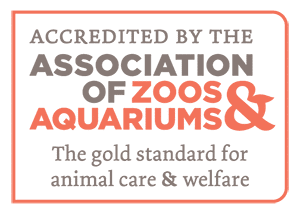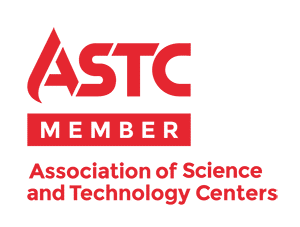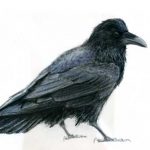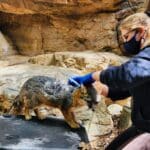Blog
What’s Going On With Curiodyssey’s Birds?
Published by: Dr. Kate Sulzner
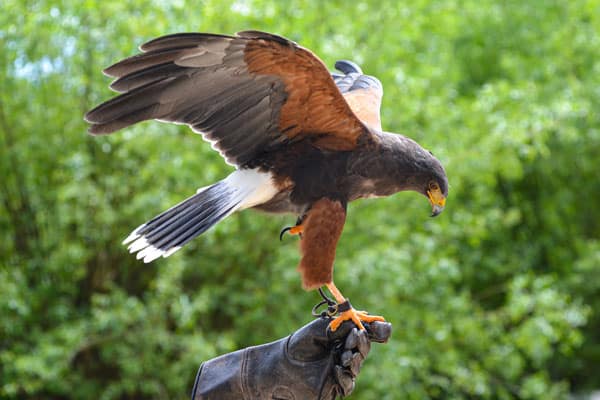
If you visited CuriOdyssey recently, you may have noticed that our raptor and walk-through aviaries are temporarily closed to the public. Our animal care team took this measure as part of a larger plan to protect CuriOdyssey’s birds from an outbreak of highly pathogenic avian influenza (HPAI) that began spreading across North America in late 2021. Although avian influenza viruses cycle naturally in wild birds, this particular strain (H5N1 Eurasian strain) is highly contagious and potentially devastating to the commercial poultry industry, with a mortality rate of 90-100% in chickens. Given this statistic, poultry outbreaks receive most of the attention, but all birds are susceptible to HPAI infection. However, the severity of illness may vary among individuals, populations, and species due to a variety of underlying factors. Some wild birds suffer high levels of mortality, like chickens, whereas other birds, such as ducks, may be asymptomatic carriers of the virus.
Transmission of avian influenza can occur either through direct contact with an infected bird’s respiratory secretions or droppings, or indirectly, if the virus decides to hitch a ride on contaminated clothing, shoes, food bowls, or tools. Due to the latter risk, CuriOdyssey elected to temporarily close the aviaries to the public to reduce the possibility of a visitor unknowingly tracking the virus into the birds’ habitat areas. Like other zoos and wildlife facilities, CuriOdyssey’s wildlife and veterinary team are responsible for optimizing the health and welfare of the animals under our care. Part of this responsibility lies in working collaboratively with state and federal health agencies to ensure that adequate biosecurity measures are put in place when outbreaks like HPAI occur.
These precautionary steps to safeguard our resident animals from infections like avian influenza are even more critical at facilities housing endangered species. This is an important point, because although chickens are among the most significantly impacted by HPAI outbreaks, the virus has no boundaries when it comes the species it infects. Moreover, the human-driven impacts of climate and landscape change are compounding the problem by forcing waterfowl and other animals to shift their normal migratory patterns. Consequently, animals that have never crossed paths before are suddenly sharing the same resources and spaces. The confluence of all of these factors makes it easier for the virus to evolve and species jump. Since the current wave HPAI arrived in North America, it has been found in over 40 states in the U.S. and 11 Canadian provinces. It has also been confirmed in at least 90 species of wild birds as well as nine mammal species, including most recently, seals off the coast of Maine.
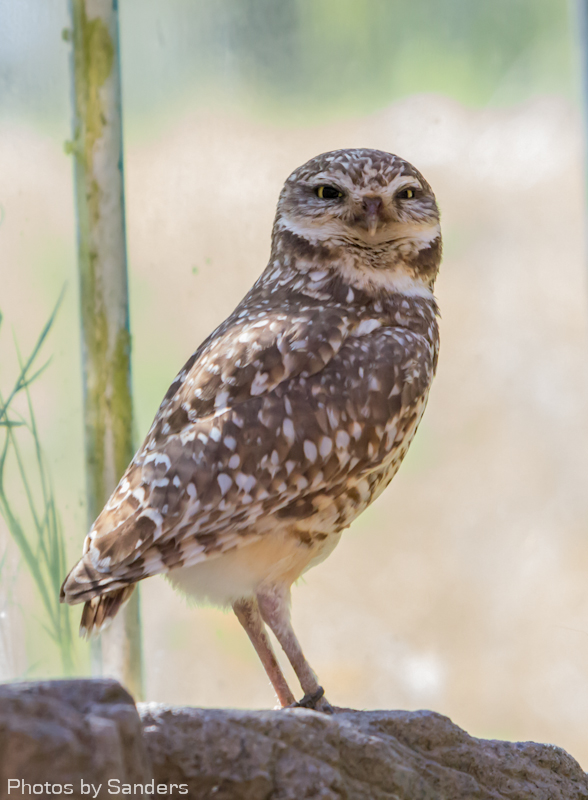
Humans are also susceptible to the virus. However, the CDC has stated that the current strain poses minimal risk to people. Still, it is important to note that since 1993, there have been more than 800 cases reported in humans, with those in the poultry sector being most impacted. Fortunately, although HPAI has the potential to cause severe illness, and even death in people, at the present time, the virus seems to have relatively low infectivity in humans and does not appear to be effectively transferred between people.
So, what is the lesson to be learned from the revolving door of new and re-emerging viruses (COVID, monkey pox, Ebola, Zika etc.)? Perhaps the most vital one is that we need to get to the root of the problem and respect nature. Sixty percent of emerging infectious diseases are zoonotic (i.e., diseases that can pass from animal to human, or human to animal), and the number and variety of zoonotic pathogens and regularity of zoonotic outbreaks has jumped significantly in the past decade. The reason for this alarming trend is almost entirely due to ecological change caused by human development which has eroded the natural boundaries that previously existed between wildlife, domestic animals, and humans. Consequently, pathogens are able to evolve and infect a wider array of species.
However, it’s not all doom and gloom. Educating yourself about the connections all species share – One Health – is the first step to reversing this trend. We, as humans, need to do our part to live a more balanced coexistence with nature. One of the best ways to start is to learn more about the natural world around us. While our resident birds may be temporarily closed to public access, CuriOdyssey has many other animals and science exhibits to spark your interest and fill your little ones with wonder. So, pop over for a visit. Hopefully, the experience will inspire you to adopt a nature mindset and do your bit!
Join the CuriOdyssey Community
LOCATION
1651 Coyote Point Drive
San Mateo, CA 94401
Ohlone Land Acknowledgement
650-342-7755
info@curiodyssey.org
CuriOdyssey is a 501(c)(3) non-profit, Tax ID 94-1262434
